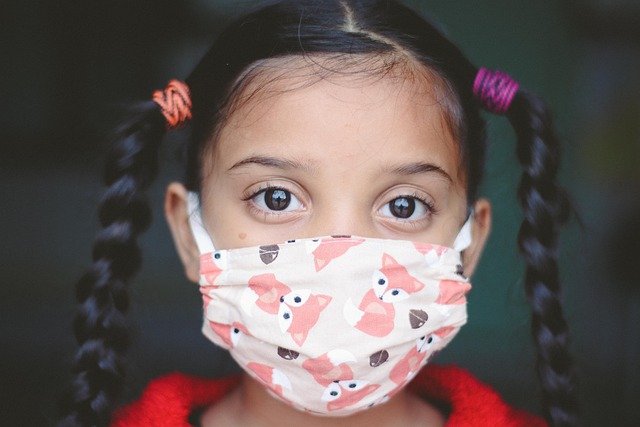Even as we all look forward to increased availability of the COVID-19 vaccine in the upcoming months, it is clear that we will continue to need to wear masks for some time to come.
Kids with special needs, such as autism, can experience sensory issues that make it more difficult for them to tolerate wearing a mask. Certain fabrics may be uncomfortable, or they may not like the feeling of the loops around their ears. It may be helpful to have your child pick out their mask. They can touch it, and make sure they like the texture and color or pattern. You can also experiment with a variety of mask alternatives, including those that tie behind the head or attach to buttons on a headband or hat. Model wearing a mask for your child and have them practice wearing a mask, even for a short period of time, to see if they can keep it on. You can gradually increase the amount of time bit by bit.
Explaining expectations for wearing a mask can also help. Talk to your child about it on their own level. Some parents have had success using social stories that use visuals and individualized stories. For children who can understand more language, there are many books that explain COVID-19 and why we wear masks, including this list of free downloadable books here.
Sesame Workshop, the nonprofit organization behind “Sesame Street” has released a collection of videos and resources designed to help autistic children cope with the coronavirus pandemic. The videos show Julia, the 4-year old muppet character who is autistic, working through difficult concepts like social distancing, disrupted routines and mask wearing. You can watch this video about the importance of wearing a mask and other Sesame Street in Communities videos on YouTube.
If your child has trouble wearing a mask, contact the speech clinician who works with your child so that we can partner with you to help build your child’s tolerance to mask wearing.
Get a Free Online Assessment
Looking for an expert opinion on your child's needs? Fill out a 3 minute questionnaire and receive a personal evaluation from our staff




